 Well April Fool’s Day has come and gone once again, and I wracked my brain trying to find a timely story to tell about someone in our cemetery, but settled on a decedent who wasn’t a fool or deceiver, but did spend a portion of his career “clowning” around. Speaking of April Fool’s Day, I came across an interesting connection to Ukraine which I seem to recall has been in the news a time or two here of late. Aside from this year I assume, April Fools' Day has been widely celebrated in the city of Odessa with the special, local name Humorina. This holiday arose in 1973 and involves April Fool pranks being revealed by saying "Pervoye Aprelya, nikomu ne veryu" — which means "April the First, I trust nobody" — to the recipient. The festival includes a large parade in the center of the city, free concerts, street fairs and performances. Festival participants dress up in a variety of costumes and walk around the city fooling around and pranking passersby.  One of the traditions on April Fools' Day is to dress up the main city monument in funny clothes. Humorina even has its own logo — a cheerful sailor in a lifebelt — whose author was an artist named Arkady Tsykun. During the festival, special souvenirs bearing the logo are printed and sold everywhere. Since 2010, April Fools' Day celebrations include an International Clown Festival and both celebrated as one. April Fools and Clowns remind me of a recent visit I made to see my uncle in Delaware last fall. He told me in advance that he had found a very special family heirloom for me. I was quite intrigued as the official family historian. My uncle Bob lives in his childhood home in Delaware City, Delaware. My late father spent most of his childhood here as well, and is buried in a cemetery directly across the street. The basement of this one-story rancher is an eclectic storage pit of items from my father and family’s past— half represent family treasures, while the other half contains junk. On this particular sojourn, I would soon find myself in possession of a custom art piece, estimated to be at least 70 years old, and created by my father’s own hands! This was from a short-lived period in which my father took up painting as a hobby. From having a few of his other pieces, he was no Michelangelo or Florence Doub, but he wasn’t all that bad. My brother has an old barn painting that he did, and I have an original Edwin A. Haugh masterpiece in the form of a rendering of my GGG Grandmother’s house in Delaware City. This framed piece hangs prominently over my home office computer desk. This was the introduction my uncle gave me as he handed to me what seemed to be a framed object, roughly 17"x21" and cloaked in a plastic, black trashbag. I excitedly opened the bag and removed my prize. To my shock and chagrin, I was somewhat horrified to see the subject of this vintage artwork. It was a clown, and a creepy one at that! I looked closer and eerily saw features of my dad in the piece, which made me wonder (or question) the piece even more. I felt as if this gifting by my uncle was at least in the spirit of April Fool’s Day. Either way, it’s safe to say that I was definitely “clowned” as the kids say these days. On my two-hour trip home from Delaware, I resisted the urge to throw the clown art out the car window at multiple times starting at the point I crossed the Millard Tydings bridge, and ending as I crossed the I-70 bridge over the Monocacy, just east of Frederick. I guess you could say that I’m simply not a big fan of clowns. I understand their purpose, and respect their acting ability and stunts in accompanying circuses, a thing of the past these days of course. I just try not to think about them in my day to day activities, all-the-while knowing that I could see a group of 20-30 piling out of a Volkswagen Beetle anywhere I go. As for my clown artwork, it has been conveniently tucked away between a file cabinet and wall in my basement. I pulled it out the other day for the sole purpose of this story, and nothing more. Actually, I took up a special interest in clowns a few weeks back in preparing a lecture on Mount Olivet ties to St. Patrick’s Day. This was for a Friends of Mount Olivet soiree event we held at the Key Chapel back on March 17th. I was interested in learning the background of 10 distinctly Irish names, and finding examples of each here buried within Mount Olivet. One of these was Thomas Joseph O’ Neill (1879-1944), whose final resting place can be found in Area X/Lot 27. I looked in our cemetery’s electronic database and found the following entry for this gentleman: Occupation: Brush Maker. Thomas was born in Portland, Maine. For several years he was employed as a clown by the Ringling Brothers Circus. He died at the YMCA where he resided for about 20 years. I was intrigued, primarily because this gentleman worked as a clown, but more so, he was an entertainer associated with the legendary Ringling Brothers Circus. I immediately wanted to learn more about the origins of this famed touring company as I had seen the Barnum & Bailey and Ringling Brothers Circus on two different occasions in my childhood. I found the following background on the Wikipedia website for the Ringling Brothers, and their eventual affiliation with legendary showmen Hachaliah Bailey and P. T. Barnum: "Hachaliah Lyman Bailey (1775 – 1845) was the founder of one of America's earliest circuses. In 1808, he purchased an Indian elephant which he named "Old Bet" and which was one of the first such animals to reach America. With "Old Bet" as its main attraction, he formed the Bailey Circus, which also included a trained dog, several pigs, a horse and four wagons. This was the impetus for what in time evolved into the Bailey component of what became the Ringling Bros. and Barnum & Bailey Circus." In 1837, Bailey moved from his home in Somers, NY to Northern Virginia, buying the land surrounding the intersection of Leesburg Pike and Columbia Pike in Fairfax County, Virginia near Falls Church, Virginia. The intersection of these two roadways would take the legendary circus leader’s name—Bailey's Crossroads. The locale then became the winter quarters for his circus. In 1845, Hachaliah returned to Somers for a visit and died from the kick of a horse while there. He is buried in Somers' Ivandell Cemetery. Several of the next generation of Baileys performed in circuses, carrying on the tradition and bringing it to Frederick. Maryland in June, 1858. Jacob Engelbrecht wrote of this in his fabled diary under an entry dated June 2nd, 1858. “Bailey & Company (circus and menagerie) were in our town yesterday afternoon & night.—they had 2 large elephants, which were harnessed in the wagon that contained the music. They exhibited in Mrs. Phebus’ old brick yard Battletown—full tent of natives. They came from Emmitsburg yesterday and today go to Clarksburg, Montgomery County.”  Battletown refers to the collection of houses on the western end of town (Patrick Street) after it intersects with Jefferson Street. As can be seen on the Titus Atlas Map of 1873, Mrs. Phebus' property once constituted the area between W Patrick and W South streets roughly stretching from Ken's Automotive Garage to Comcast Hachaliah Bailey served as a role model to a young P.T. Barnum, who wrote of meeting him upon a visit to Barnum's store in Bethel, Connecticut. As a boy, Barnum had worked as a ticket seller for Bailey's show, and later ran the Barnum's American Museum from New York City starting in 1841. Besides building up the existing exhibits, Barnum brought in animals to add zoo-like elements, and a freak show. During this time, Barnum took the Museum on road tours, named "P.T. Barnum's Grand Traveling American Museum.” The museum burned down in July 1865, however P.T. Barnum attempted to re-establish the museum at another location in the city. It too burned down in 1868, and Barnum opted to retire from the museum business. In 1888, he lent his name to a partnership with James Anthony Bailey (formerly McGinnis), who had adopted the surname of Frederick Bailey, a nephew of Hachaliah, to form the Barnum & Bailey Circus. in 1884, five of the seven Ringling brothers had started a small circus in Baraboo, Wisconsin. This was about the same time that the Barnum & Bailey Circus were at the peak of its popularity. Similar to dozens of small circuses that toured the Midwest and the Northeast at the time, the brothers moved their circus from town to town in small animal-drawn caravans. Their circus rapidly grew and they were soon able to move their operation by train, which allowed them to have the largest traveling amusement enterprise of that time. Meanwhile, Barnum and Bailey would split up in 1885, but came back together in 1888 with the "Barnum & Bailey Greatest Show on Earth." This set the stage for these two gentlemen to have their entertainment juggernaut tour the world as the Barnum & Bailey Circus. In 1891, P. T. Barnum died as a result of a stroke, leaving A. G. Bailey at the helm as he continued touring overseas. Bailey's European tour gave the Ringling brothers an opportunity to move their show from the Midwest to the eastern seaboard. Faced with the new competition, Bailey took his show west of the Rocky Mountains for the first time in 1905. He died the next year, and the circus was sold to the Ringling Brothers. Although the Ringling Brothers, Barnum & Bailey Circus would not make a visit to Frederick, several other circus shows would present programs here up through recent years where this style of entertainment in its original form has faded away for a variety of reasons most of which center on animal safety/cruelty issues. Today, many entities are re-launching their brands as animal-free circus programming.  A traveling circus heads in a westward direction on W. Patrick Street in this photograph dated 1895. This exact location would be in the street in front of today's Weinberg Center stretching to the intersection with Market St. This appears to be "Pawnee Bill's Wild West Show" which gave 4 shows at the Fairgrounds in late April of that year.  Clown Portrait from 1902 (Ringling Circus Museum) Clown Portrait from 1902 (Ringling Circus Museum) Clowning Around When it comes to clowns, the mission of this circus performer is to employ physical humor in an effort to entertain the audience. They often wear colorful clothing, makeup, wigs and exaggerated footwear. The word “clown” comes from the Icelandic word “klunni” which means “a clumsy person.” According to Wikipedia, I found that the first known clowns date from the time of the Fifth dynasty of Egypt, around 2400 BC: "Later civilizations also knew about clowns. Early clowns were also priests and their roles were almost indivisible. Clowns of ancient Greece were bald and wore padded clothes to appear larger. Ancient Roman clowns wore pointed hats and were the butts of the jokes. Italian commedia dell'arte of the 16th century introduced masked characters Arlecchino (Harlequin) and Pierrot (Pirouette). In time, a few standard types of clowns developed: The Whiteface clown was originally designed by Joseph Grimaldi in 1801. It has its face and neck covered with white makeup, mouth painted in a grin, and black eyebrows. His clothes are extravagant and he is a sophisticated character. He has the highest status in the clown hierarchy. Auguste has his face painted in pink, red, or tan. His mouth and eyes are painted white and his lips and eyebrows are black. His clothes can be well-fitted or completely opposite. His character is that of an anarchist, a joker, or a fool. The character clowns are parodies of different types like a butcher, a baker, a policeman, a housewife or a hobo. Standard subtypes of this type developed in North America are The Hobo, The Tramp, and The Bum. The Hobo travels and has no luck but has a positive attitude. The Tramp is the same but without positive attitude and always sad." Some of famous clowns from the history are still remembered as legendary pioneers in the history of performance such as Joseph Grimaldi. Grimaldi even has a park named after him as he was an English artist who practically invented the modern clown. Even today, clowns are called “Joey" (after him) and just feet away from his enclosed gravesite, visitors are invited to "dance" on an area symbolic to be his grave. Matthew Sully was the first circus clown in the United States. He performed in Ricketts's circus and was a Harlequin, tumbler and singer. Lancaster, Pennsylvania's John Durang (1768-1822) was the first "American-born" circus clown. He also performed in a traveling show known as Ricketts' circus. Jean Baptiste Casmiere Breschard brought back circus clowns into United States in 1804 after a short dry spell (when no circuses worked). Clowns would grow in popularity throughout the 19th century as the interest and demand in traveling menageries and circuses grew among the masses. The heyday, of course, would come in the 20th century and gave us arguably the most famous clowns in US history. These gentlemen even shared the same name and DNA. They were Emmett Kelly Sr. and son, Emmett Kelly, Jr. Another son, John Patrick Kelly, would also perform as a clown but did not reach the heights of his father and brother. A world famous circus clown during the 1930s and 1940s, Emmett Kelly, Sr. is best remembered for his sad-faced, silent "Weary Willy" hobo clown, who as the perpetual underdog never gave up, and for his comic act of sweeping the spotlight. Born in Sedan, Kansas (where a museum honors him today), his parents worked for the Missouri-Pacific Railroad, where his father, Thomas Kelly, was part of a railroad crew, and his mother, Mollie, ran a boarding house for the Railroad. About 1905, Emmett's parents moved to a farm in southern Missouri, to provide a better life for their children. For a while, Emmett worked as a cartoonist for a silent film company in Kansas City, Missouri, although he had always dreamed of joining a traveling circus. Eventually, he joined the Howe's Great London Circus, initially painting the circus wagons, and then becoming a trapeze artist. In 1922, he met and married Eva Moore, another trapeze artist. Together they worked the trapeze and high wire acts. In 1923, Eva became pregnant with their son, and Kelly tried to increase his salary by working between acts as a clown. He conceived the hobo clown "Weary Willy" but it was not accepted until the Great Depression, which made hobos, tramps and unemployed scruffy men more acceptable to the audiences. In 1933, Weary Willy made his appearance, and quickly grew to become an American icon. At the end of his performance, rather than take a break, Weary Willy would often wander into other acts, and steal the limelight with his silent parody of the other performer. Audiences loved it. While performing in London in 1942, he came to the attention of John Ringling North, who signed him to the Ringling Brothers, Barnum and Bailey Circus. He stayed with Ringling Brothers for 14 seasons, worked as the mascot for the Brooklyn Dodgers in 1956, and was in several movies. Son, Emmett Jr., with the encouragement of his father, took over the "Weary Willy" costume and act in 1960, and kept the act going for another new generation of fans. Kelly, Sr. published his autobiography, "Clown" in 1954, and died of a heart attack in 1979 in Sarasota, Florida. He was inducted into the Clown Hall of Fame in 1989. Sarasota, Florida is the home of the Ringling Circus Museum, and yours truly visited this repository back in 1983 while on a family vacation to the Gulf Coast as a teenager. I asked my research assistant, Marilyn Veek, to reach out to the museum in hopes to find any information on our “clown” and theirs, Thomas Joseph O’Neill. The staff was very friendly and immediately searched records on our behalf, but did not come up with anything for us. Our quest will continue, but sadly we can only guess that he likely performed with the Ringling Brothers likely sometime between 1900-1920. Information is equally scarce on the rest of Thomas O’Neill’s life as well. With our records claim of his birthplace being Portland, Maine, and his gravestone claiming 1879 as his birthdate, I searched Ancestry.com for clues. The closest matching record I could find came in the form of a World War I Draft Registration Card. Dating from September 12th, 1918, the Thomas Joseph O’Neill listed here was a resident living at 805 Middle Street in Bath, Sagadahoc County, Maine, a suburb of Portland. The birthdate listed is May 25th, 1879 and states that this individual is native born. If this is our “clown,” he lists as his present occupation that of shipyard worker for the Texas Shipbuilding Company. He lists no “nearest relatives” and also reported that one of his eyes was defective. I found some O’Neills , O’Neils, O’Niels and O'Neals in the greater Portland (Maine) area in the 1880 census but none seemed quite right as the family of our subject.  I also found a Thomas J. as the son of John H. and Bridget O’Niel in Lewiston, Maine and this town is 35 miles from Portland. The spelling is off (in this particular record as well) from O’Neil in later records for this family but I conjecture this is likely a not a fruitful lead because I later found a gravesite in Lewiston for this particular Thomas, so I can rule him out. Our Mount Olivet/Frederick Thomas O' Neill could have been adopted, or orphaned? Why did people run off with the circus in the first place, as the old saying goes? I only found Thomas J. O'Neill in the 1940 US Census. He was living at 26 South Market Street in an apartment building/boarding house owned by Sophie Raabe. He is listed as a laborer of a brush manufacturing company. I only found Thomas O’Neill mentioned a few times in our local Frederick papers. These give proof, however, to his background as a performer. According to his obituary in local papers in 1944, it appears that Thomas O’Neill arrived in Frederick around 1922. These same reports say he lived at the YMCA, however, he lived with Mrs. Raabe at least in 1940. I’m wondering about his financial condition, was he a real-life hobo or tramp in the same vein as the clown characters he portrayed for Ringling? We are talking of a span starting with the “Roaring Twenties,” ending with World War II Era and sandwiching the Great Depression. The obituary did mention that he was employed by the Ox Fibre Brush Company as many were here in Frederick during its operation. For those unfamiliar with this company, the Ox Fiber Brush Company, Lisa Mroszczyk Murphy wrote a great Preservation Matters article for the Frederick News-Post explaining its history back in August, 2018 which can be accessed with this link: Thomas Joseph O’Neill died on May 29, 1944—one week before D-Day. At the time, he was living at the YMCA. I truly wonder if he was destitute and just barely getting by. Regardless, he would be buried in Area X, not far from our Key Memorial Chapel on June 1st. I’m thankful that our mysterious former clown actually has a marked final resting place—especially considering his birth and early life are such gray areas. As I was researching for this story, I found a Mount Olivet Cemetery (also known as Olivet Cemetery) in Colma, California. Here, in this 65-acre burying ground of 100,000 interments, exists a very special grave memorial that remembers the Showfolks of America. This national organization, made up of circus or carnival people, held conventions in nearby San Francisco after 1945. The area around the clown-faced monument is known as Showmen’s Rest. The monument was originally erected in 1945, and to this day, the plot has been occupied with the interments of many clowns and other circus and carnival performers.
1 Comment
Marydon Ford
4/4/2022 10:55:25 am
Awesome historical n personal history ... enjoyed tysm
Reply
Leave a Reply. |
STORIES
|
Archives
July 2024
June 2024
May 2024
April 2024
March 2024
February 2024
January 2024
December 2023
November 2023
September 2023
August 2023
July 2023
June 2023
May 2023
April 2023
March 2023
February 2023
January 2023
December 2022
November 2022
October 2022
September 2022
August 2022
July 2022
June 2022
May 2022
April 2022
March 2022
February 2022
January 2022
December 2021
November 2021
October 2021
September 2021
August 2021
July 2021
June 2021
May 2021
April 2021
March 2021
February 2021
January 2021
December 2020
November 2020
October 2020
September 2020
August 2020
July 2020
June 2020
May 2020
April 2020
March 2020
February 2020
January 2020
December 2019
November 2019
October 2019
September 2019
August 2019
July 2019
June 2019
May 2019
April 2019
March 2019
February 2019
January 2019
December 2018
November 2018
October 2018
September 2018
August 2018
July 2018
June 2018
May 2018
April 2018
March 2018
February 2018
January 2018
December 2017
November 2017
October 2017
September 2017
August 2017
July 2017
June 2017
May 2017
April 2017
March 2017
February 2017
January 2017
December 2016
November 2016


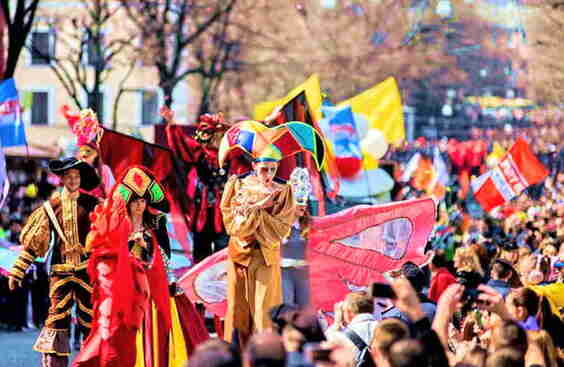









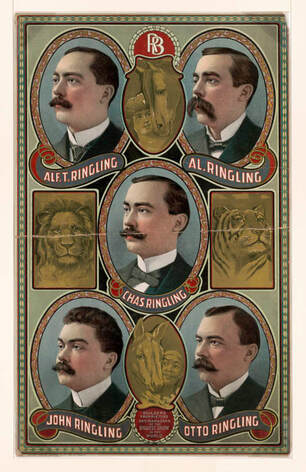








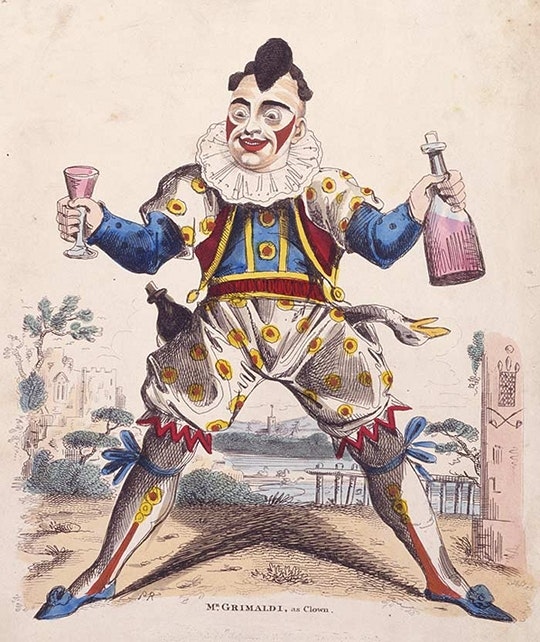




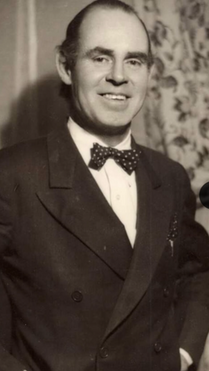
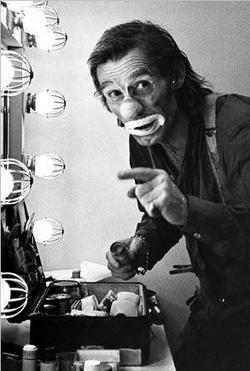






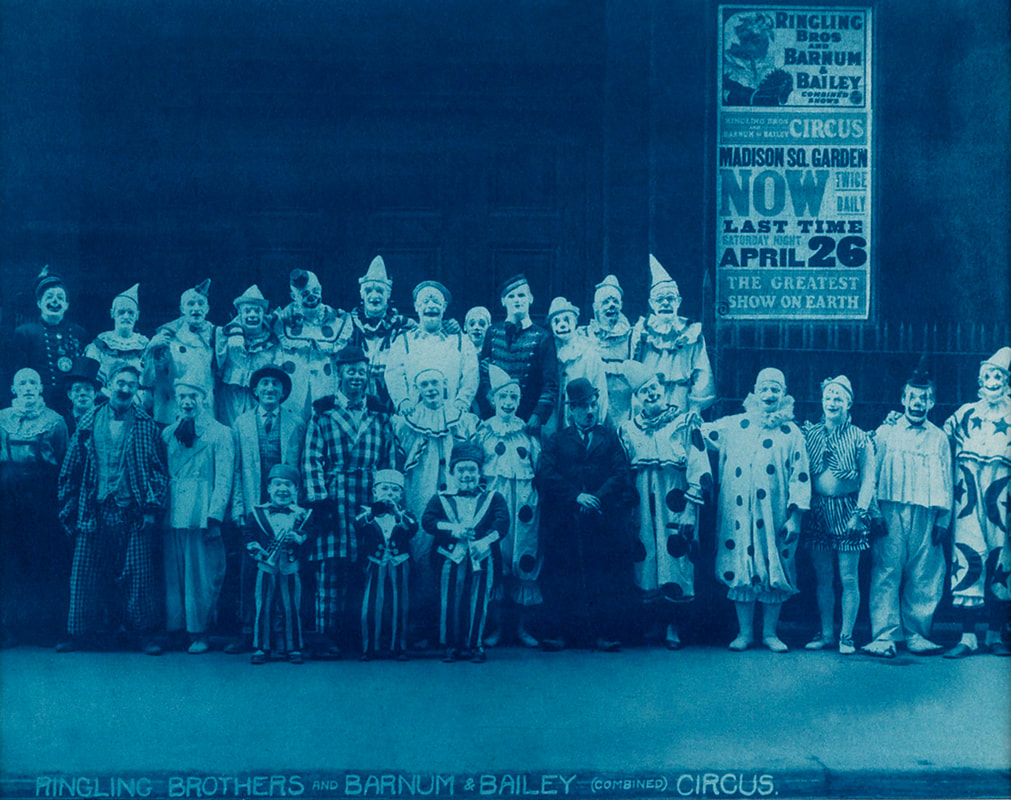










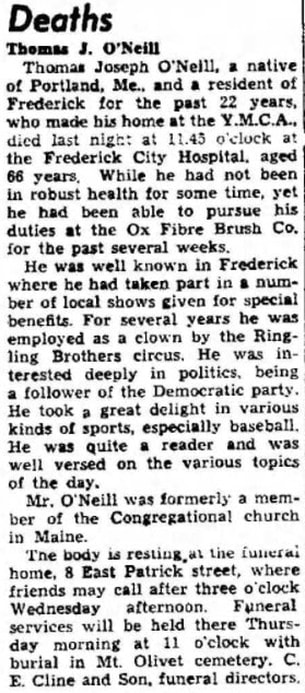


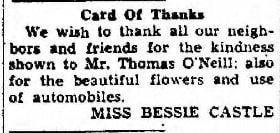
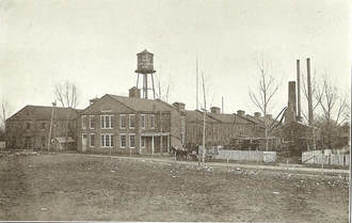



 RSS Feed
RSS Feed